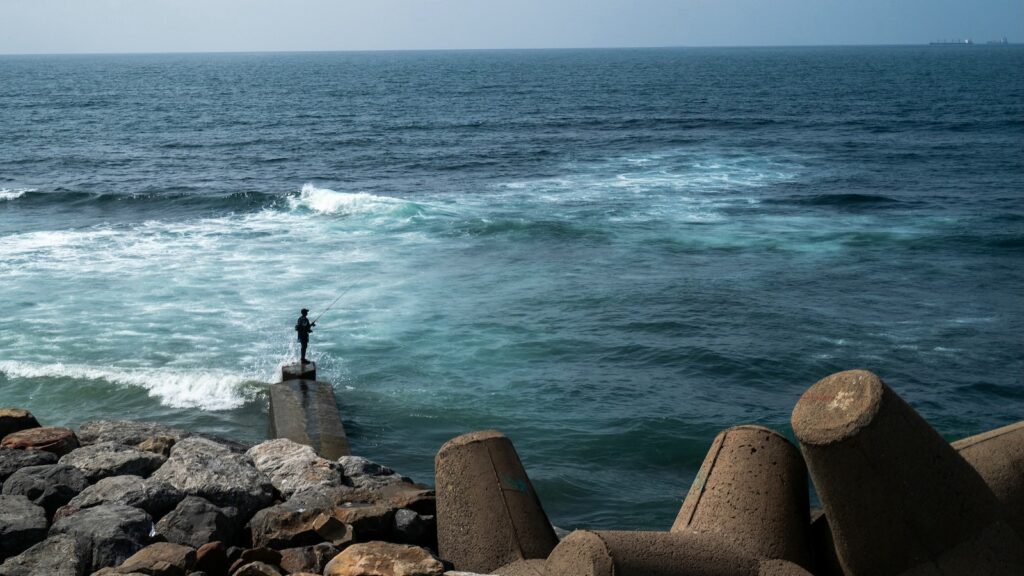
CASABLANCA – The hues of the ocean are shifting, with waters near the poles turning greener and those near the equator becoming bluer. This transformation, driven by warming seas, could have significant implications for marine ecosystems and human populations, according to recent findings published in the journal Science.
Immediate Impact on Marine Ecosystems
According to satellite data analyzed by researchers, the color changes in ocean waters are attributed to varying concentrations of chlorophyll, a green pigment produced by phytoplankton. Haipeng Zhao, a postdoctoral researcher and lead author of the study, explained to ABC News that these photosynthetic marine organisms play a crucial role in the ocean’s appearance and health.
“Phytoplankton absorb green light, making waters appear green where they are abundant,” said Susan Lozier, co-author and dean of the College of Sciences at the Georgia Institute of Technology.
Key Details Emerge from Satellite Data
The study utilized satellite data from 2003 to 2022, collected by a NASA instrument that measures light wavelength across the planet every two days. This data provides insight into the concentration of chlorophyll, which serves as a proxy for phytoplankton biomass. The findings indicate a greening trend in polar regions, particularly in the northern hemisphere, while subtropical areas are losing chlorophyll.
Green regions became greener, and blue regions “got even bluer,” according to a Duke University press release.
Expert Analysis and Methodology
Nicolas Cassar, a researcher at Duke University, noted the innovative approach taken by the team. “We borrowed concepts from economics, like the Lorenz curve and the Gini index, to assess changes in chlorophyll distribution over time,” Cassar explained.
The researchers also examined various factors, such as sea surface temperature and wind speed, to understand their impact on chlorophyll concentration. They found that warming seas correlated with changes in chlorophyll levels, while other variables showed no significant association.
Background Context and Historical Comparisons
While similar studies have documented land greening since the 1990s, observing such changes in the ocean has proven more challenging. Satellite technology, relatively new, provides surface-level data on chlorophyll production, but the picture remains incomplete.
“We haven’t been able to observe the ocean for decades and decades, just because the satellite technology is pretty new,” Lozier said.
Regional Implications and Future Outlook
If the trend of changing ocean colors continues, it could disrupt marine food webs. Phytoplankton form the base of the oceanic food chain, and their distribution affects fish presence. A decline in phytoplankton near the equator might lead to a shift in fisheries’ locations, impacting nations that rely heavily on commercial fishing.
A persistent decline in phytoplankton could particularly affect low to middle-income nations, such as the Pacific Islands, which depend on fishing for food and economic development.
What Comes Next
While the study offers critical insights, the authors caution against attributing these changes solely to climate change, given the short observation period. Future research is essential to understand the long-term biological consequences of ocean warming and its impact on global ecosystems.
As researchers continue to monitor these changes, the implications for marine life and human industries remain a significant concern, underscoring the need for ongoing scientific investigation and adaptive strategies.






